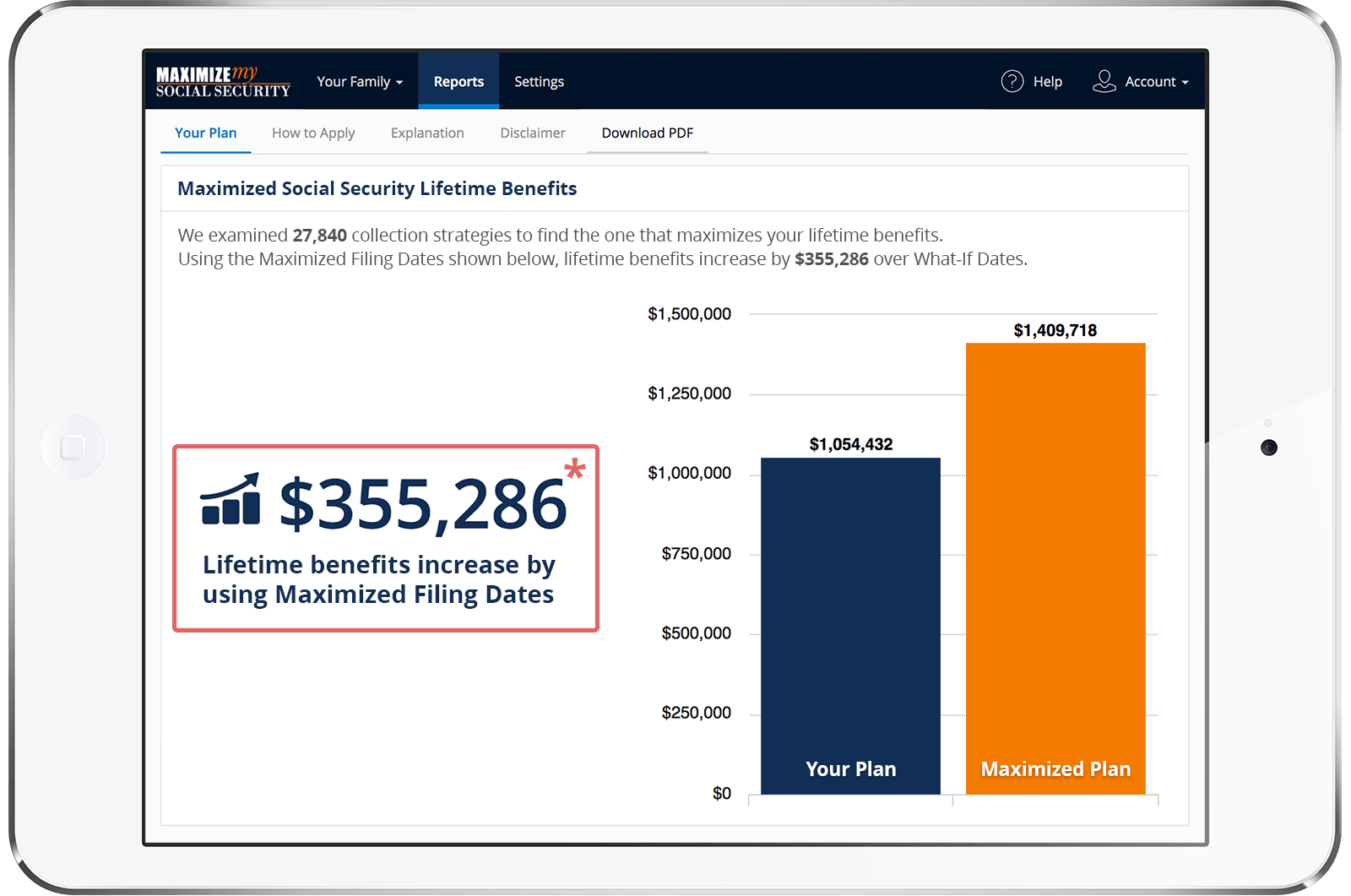Must a Combined Family Maximum be used in my case, even though my spouse's and disabled adult child's amount needed from my record fit under my individual record's Family Maximum?
My PIA is $2847. My Family Maximum is $4981.
My wife's PIA is $1043. Her Family Maximum is $1565.
My DAC's SSDI amount is $291.
I believe my wife should receive $1043 on her record and $380 on my record. (Total $1423 = 1/2 of my PIA.)
I believe my DAC should receive $291 SSDI on his record and $1132 on my record. (Total $1423 = 1/2 of my PIA.)
Total paid on my record therefore is $4359 (= my PIA $2847 + wife's auxiliary $380 + DAC's auxiliary $1132) which is less than my record's maximum of $4981.
SSA says they *must* use Combined Family Max of $5507 (for 2019) less my PIA $2847 leaving $1330 total for each spouse and DAC.
They say that when there is both dual and simultaneous entitlement (my DAC dually on both my and his SSDI record, and simultaneously on my wife's, my wife simultaneously on both her and my records), family maximums *must* be combined, but my local office cannot provide any POMS or other support that says that. I read RS00615.770 section 5 as *requiring* a CFM in only three cases, none of which apply to my situation. I can find no language anywhere that says family maximums *must* be combined, only that they *may* be used if doing so results in higher payment to one or more persons or to the family.RS 00615.768 Example F4 seems to support my approach, as does your previous answer at https://maximizemysocialsecurity.com/how-do-i-determine-if-my-son-dually...
Can you tell me which method is correct?
Thanks
Hi,
Combining family maximum benefits (FMB) from 2 or more records isn't mandatory unless it would result in higher benefits, but it certainly appears that it would in your family's case. It sounds like you're misunderstanding how auxiliary benefits are calculated when the FMB is involved. Importantly, the full original auxiliary benefit rates are initially counted against the FMB when calculating the rate payable to auxiliaries, not just the excess payable after subtracting benefits for which the auxiliary is entitled to on their own records (https://secure.ssa.gov/apps10/poms.nsf/lnx/0300615756).
For example, if your PIA is $2847 then your wife and son's original spousal and child original auxiliary benefit rates would be 50% of that amount, or $1423.50 each. That calculation is performed without regard to their own benefit rates. Thus, the total amount countable toward the FMB would be $5694. So, your wife and child could not then receive their full original amounts because the countable amount exceeds the FMB.
If your combined FMB is $5507, then your PIA would be subtracted from that amount in order to determine the amount available for eligible family members. In your case that amount is apparently $2660 (i.e. $5507 - $2847) as noted in your question. If the FMBs weren't combined, though, the amount available for eligible family members on your record would only be $2134 (i.e. $4981 - $2847), or $1067 each. After subtracting your wife's PIA from that amount, she would then only be eligible for an excess spousal rate of $24 (i.e. $1067 - $1043), and after subtracting your son's PIA from that amount his excess DAC rate would be $776 (i.e. $1067 - $291).
Bottom line, combining your FMB with your wife's FMB appears to clearly produce higher auxiliary benefit rates in your family's case. However, I don't have the full facts of your case so I can't fully analyze the benefit rates with certainty. For example, your and your wife's FMBs can't be combined unless you're both drawing your own benefits and your son qualifies for benefits on both of your records. Our software (https://maximizemysocialsecurity.com/purchase) can handle these types of family benefit computations, so you may want to consider using it to help you determine your best plan for claiming benefits.
Best, Jerry
